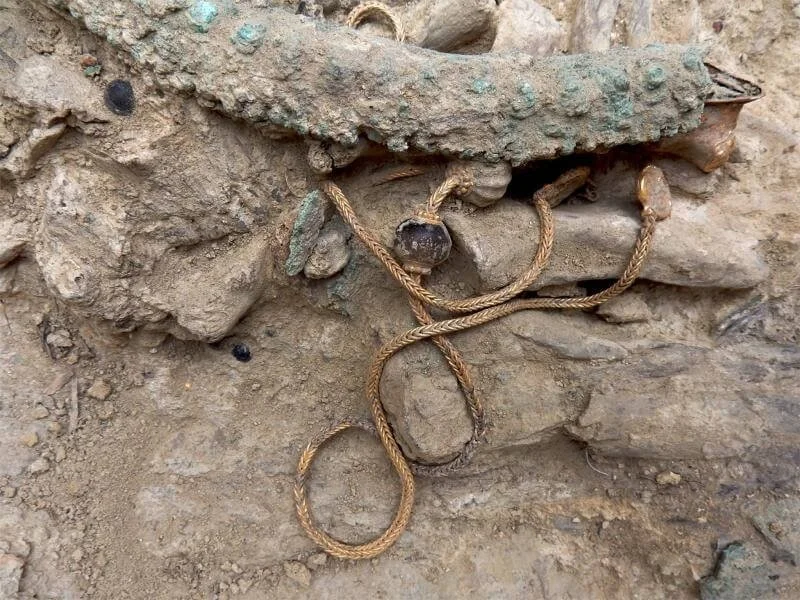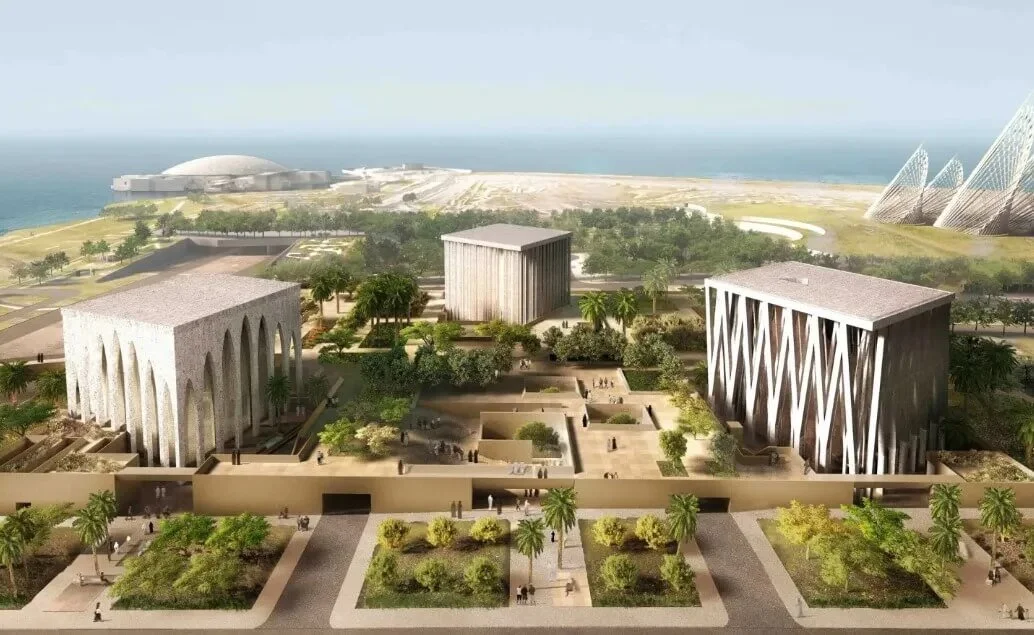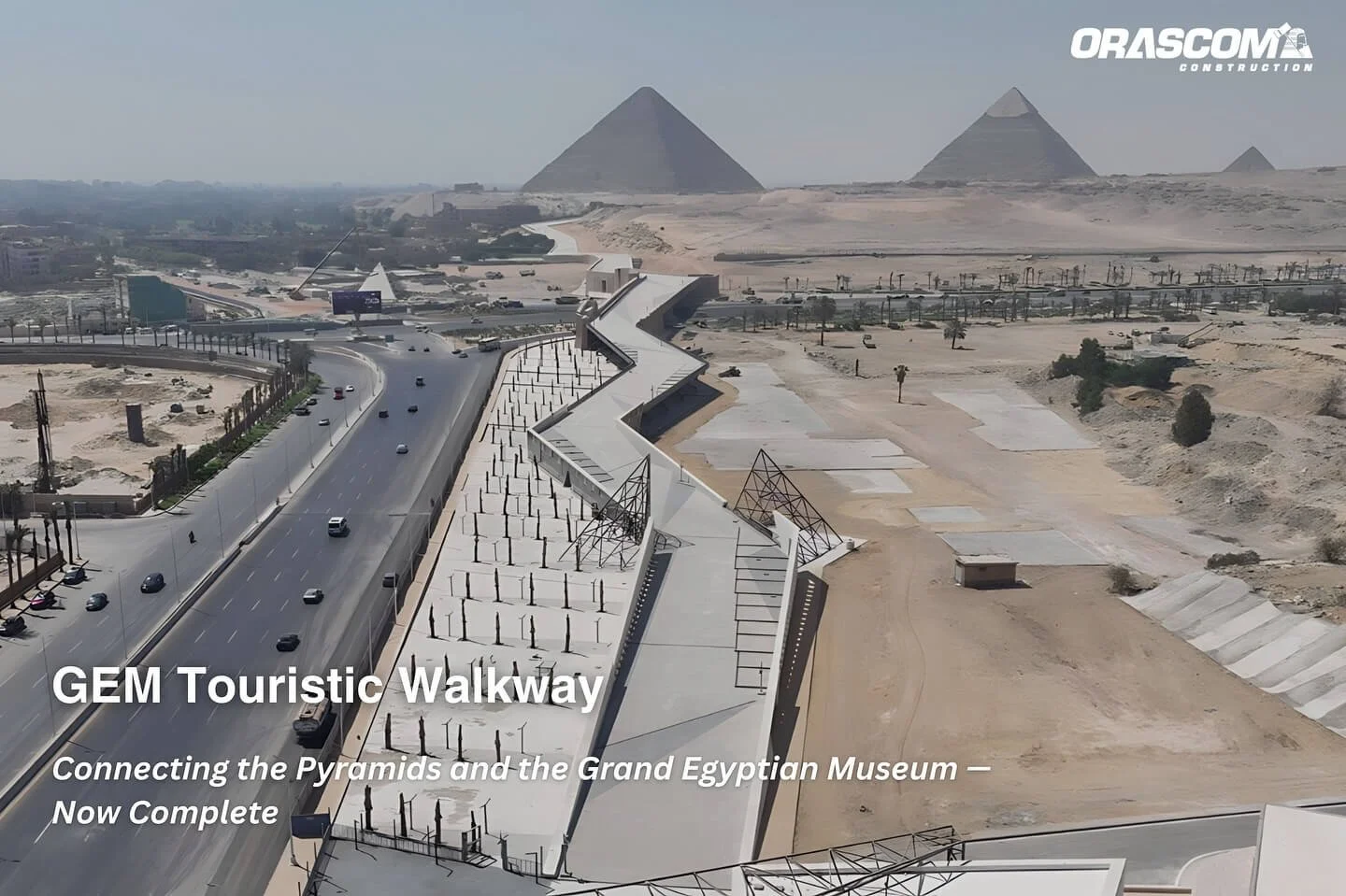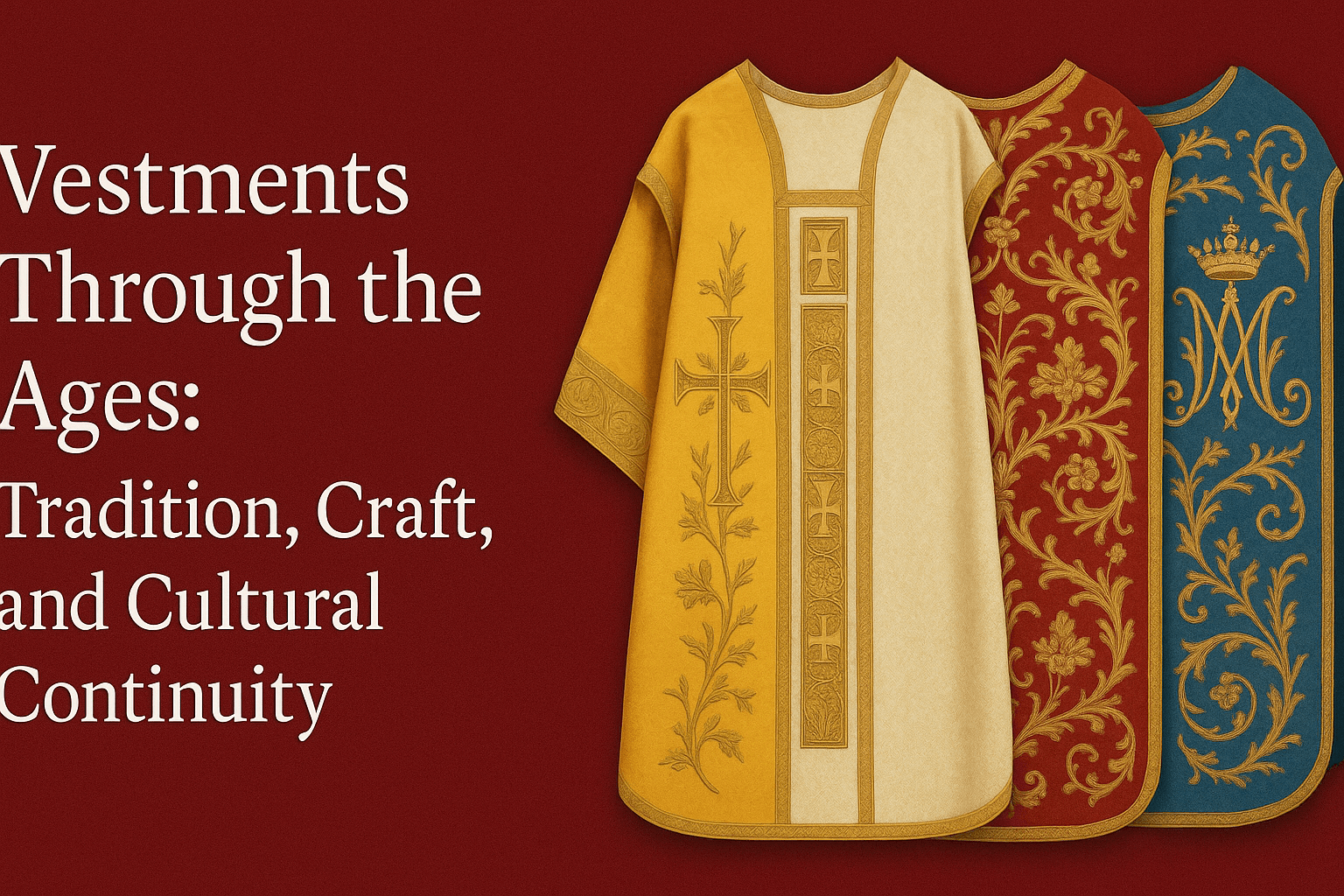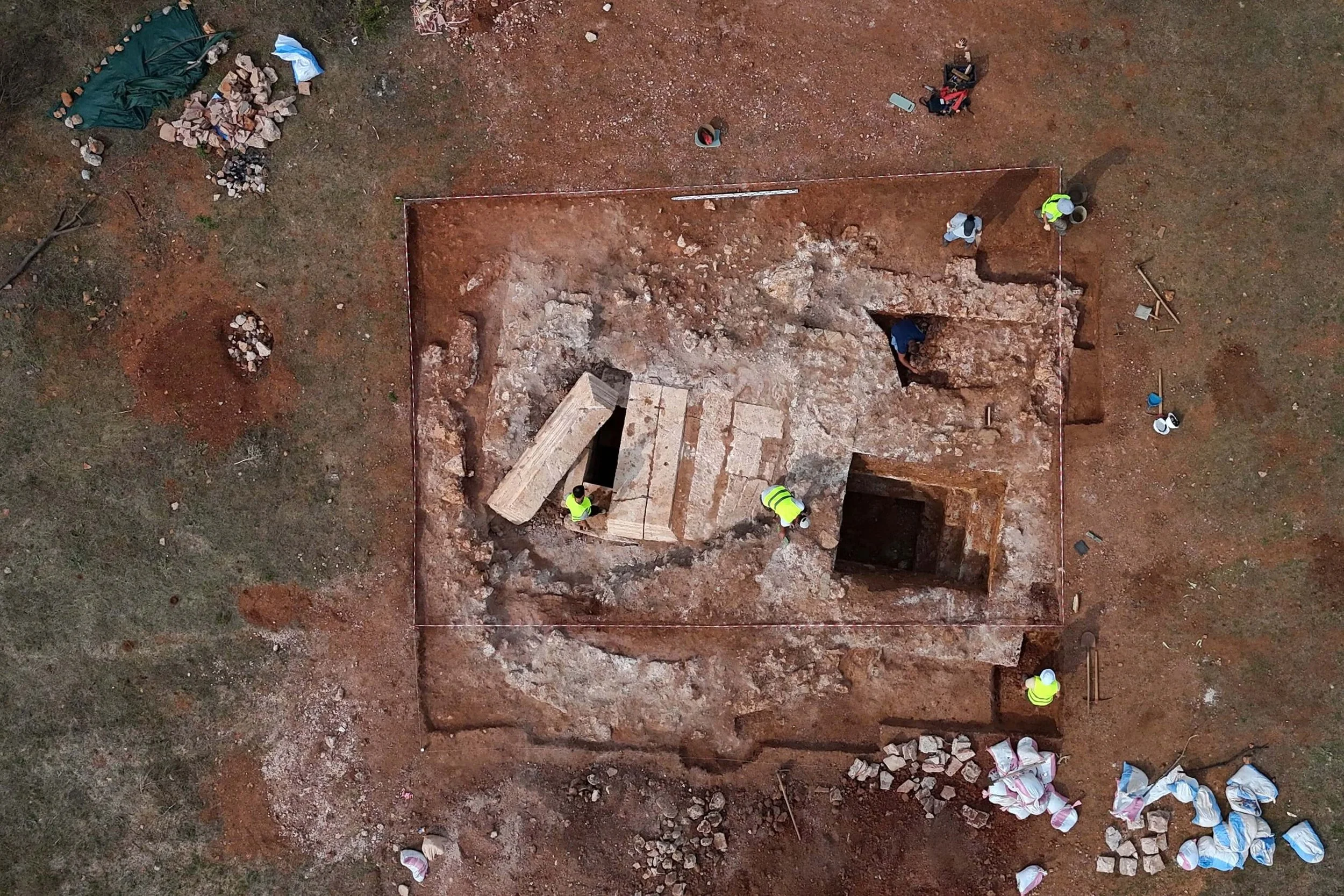The Khmer Empire (c. 802–1431 CE) was one of Southeast Asia’s most powerful and influential civilizations, dominating much of present-day Cambodia, Thailand, Vietnam, and Laos. At its height, the empire was known for its sophisticated irrigation systems, impressive architecture (including Angkor Wat), and a well-organized society. Daily life in the Khmer Empire was shaped by agriculture, trade, religion, and a hierarchical social structure.
Social Structure and Family Life
Khmer society was highly stratified, with the king at the top, followed by nobles, priests, warriors, merchants, artisans, and farmers. Slaves and laborers formed the lowest class, often working on state-sponsored projects such as temple construction.
The family was the core unit of society, with a patriarchal structure. Men typically worked in agriculture, trade, or administration, while women managed households, engaged in weaving, and sometimes participated in commerce. Women could own property and played important roles in religious and community activities. Marriage was arranged within social classes, and polygamy was practiced among the elite.
Economic Life and Occupations
The Khmer economy was primarily agrarian, with rice cultivation as the backbone. The empire developed an advanced irrigation system, including reservoirs (barays) and canals, which allowed for multiple harvests per year and supported a growing population. Farmers grew rice, sugarcane, bananas, coconuts, and spices, while fishing and animal husbandry provided additional food sources.
Trade was another important aspect of daily life. Markets in cities like Angkor were bustling with merchants selling textiles, pottery, jewelry, and bronze goods. The Khmer traded with China, India, and other Southeast Asian kingdoms, exchanging rice, ivory, and forest products for silk, ceramics, and spices. Artisans and craftsmen produced sculptures, metalwork, and architectural elements for temples and palaces.
Urban and Rural Life
Life in Khmer cities was vibrant and centered around temples and markets. Angkor, the empire’s capital, was one of the largest pre-industrial cities in the world, with grand temples, palaces, reservoirs, and bustling streets. Urban dwellers included officials, scholars, merchants, and artisans.
In rural areas, villages were self-sufficient, with houses made of wood and thatched roofs. The majority of people lived as farmers, working the land and maintaining irrigation systems. Each village had a local leader who acted as an intermediary between the community and the central government.
Government and Administration
The Khmer Empire was a highly centralized state, ruled by a divine king (devaraja), who was seen as a living god connected to Hindu or Buddhist deities. The king had absolute power, supported by a network of officials, regional governors, and military leaders.
The administration oversaw taxation, land distribution, and public works. Peasants paid taxes in the form of labor, working on temples, roads, and reservoirs. The military played a crucial role in expanding and protecting the empire, with soldiers recruited from the peasant class.
Religion and Culture
Religion was central to Khmer life, influencing politics, architecture, and daily customs. Hinduism and Buddhism coexisted, with Hinduism dominating early in the empire and Theravāda Buddhism gaining prominence later. Temples such as Angkor Wat and Bayon were not just places of worship but also centers of education and administration.
Priests and monks played key roles in spiritual and social life. Religious festivals, offerings, and ceremonies were common, involving music, dance, and elaborate rituals. People sought blessings from the gods for agricultural prosperity and protection against natural disasters.
Khmer art and architecture reflected religious themes, with intricate carvings depicting Hindu epics like the Ramayana and Buddhist teachings. Dance and music were integral to religious and court ceremonies, performed by trained dancers in elaborate costumes.
Entertainment and Leisure
Leisure activities varied by social class. The elite enjoyed hunting, board games, and performances, while commoners participated in local festivals, storytelling, and communal gatherings. Music, shadow puppetry, and traditional dances were popular forms of entertainment.
Sporting activities included wrestling, martial arts, and boat racing, which were often tied to religious festivals. Markets served as social hubs where people gathered to exchange goods and news.
Military and Warfare
The Khmer military was a powerful force, enabling the empire to expand and defend its territories. Soldiers were recruited from the peasant class and trained in combat, using weapons such as bows, swords, and spears. War elephants played a crucial role in battle, symbolizing power and strength.
The military was responsible for protecting trade routes, enforcing royal decrees, and subduing rebellions. Defensive structures such as walls and moats surrounded key cities and temples.
Health and Medicine
Khmer medicine was a mix of herbal remedies, spiritual healing, and Ayurvedic influences from India. Monasteries often served as centers for medical care, where monks practiced healing techniques. Common treatments included herbal infusions, massage, and religious rituals to ward off illness.
Diseases such as malaria and dysentery were common due to the tropical climate, and efforts were made to maintain clean water sources through reservoirs and canals.
Decline of the Khmer Empire
By the 14th and 15th centuries, the Khmer Empire began to decline due to factors such as environmental degradation, internal strife, and external invasions. The fall of Angkor in 1431 to the Ayutthaya Kingdom marked the end of the empire’s dominance, but its cultural and architectural legacy remains in modern Cambodia.
Conclusion
Daily life in the Khmer Empire was shaped by a structured social order, advanced agricultural practices, religious devotion, and a thriving economy. The empire’s achievements in architecture, irrigation, and governance left a lasting impact on Southeast Asian history. Though the empire eventually declined, its cultural and artistic contributions continue to influence the region today.




























